Application Lifecycle Management (ALM) Suites streamline the software development process by integrating project management, development, and quality assurance tools in a single platform.
Many organizations leverage ALM Suites to ensure a consistent and efficient development cycle from conception to deployment. These suites offer comprehensive solutions for tracking requirements, code changes, testing processes, and team collaboration. By providing real-time analytics and reporting, they enhance decision-making capabilities. Users find such solutions crucial for standardizing workflows and maintaining a top-notch quality of software deliverables.
What are critical features of ALM Suites?Industries such as finance, healthcare, and retail use ALM Suites to manage the complexity of their software projects. For instance, healthcare companies utilize them to meet strict regulatory requirements and ensure patient data security, while finance firms enhance software release cycles and compliance tracking.
These solutions help organizations maintain a competitive edge by providing tools that support innovation, adaptability, and improved project management.
| Product | Market Share (%) |
|---|---|
| Jira | 17.7% |
| Microsoft Azure DevOps | 13.0% |
| Codebeamer | 8.9% |
| Other | 60.4% |






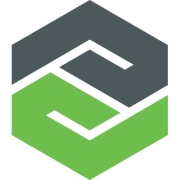



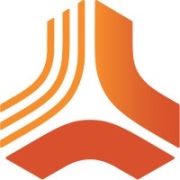


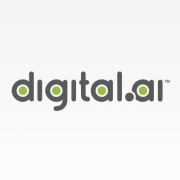

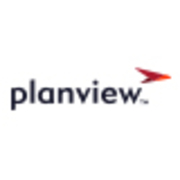







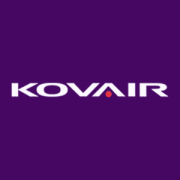







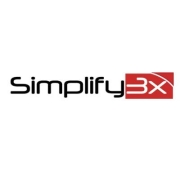

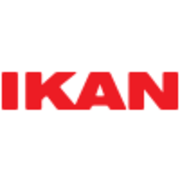
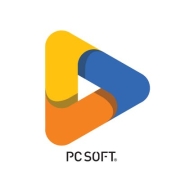
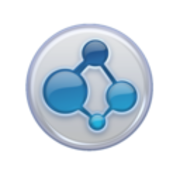

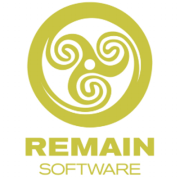
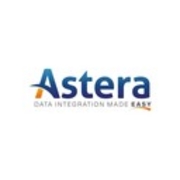


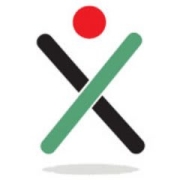












To be effective, application development requires standardization of processes and documentation. ALM provides this, along with a central hub where all the resources concerning that application’s lifecycle are stored.
Application lifecycle management tools and practices help organizations manage the requirements for their projects, appropriately determining the needs of each stage of the app’s lifecycle. By following an ALM approach, an organization can streamline all processes and resources required for the management of the app, from its inception to the end of its lifecycle. It also improves the development process by integrating frequent testing and fostering collaboration, thus providing a high level of accountability.
ALM plays a key role in app development, ensuring that all things run smoothly. By covering all the phases, from planning to usage, the quality and efficiency of the entire process can be controlled. ALM uses methodologies and tools to monitor, curate, and streamline app development.
By integrating all aspects of the application lifecycle into a single framework, ALM results in faster deployment and better visibility and control over the application development process. Ultimately, this results in higher quality products, because of the frequent testing and control all the way through until the application’s end of life.
Application lifecycle management integrates the entire process of creating and managing an application into a single platform. To achieve this, the methodology is divided into several stages:
1. Application governance
Governance is the group of decisions made around an application. When you begin the process of creating an application, you start with the main concept for the app, including how it relates to your business needs and goals. Stakeholders gather and declare the goal for the application and how it can support their business case.
Next, you gather the requirements, defining them and agreeing to them. Specifying requirements is usually done from the top down. You start by declaring the most general and follow into the more specific. Teams applying the agile methodology implement an iterative development method, which implies listing requirements according to their use cases.
This stage involves managing resources, data, security, and user access. Defining who will use the application, what permission you will grant during the development and to whom, what security measures will be implemented to secure the data, and so on.
ALM standardization results in governance automation, speeding up application delivery.
2. Application development
Once you’ve defined requirements and governance for the application, you can start development. At this stage, the development team creates a development plan based on the application requirements.
Implementing AML helps teams follow diverse methodologies, but it is especially useful for development teams following an agile methodology. Agile teams develop and deploy once or several times a day.
3. Software testing
In agile environments, testing and quality assurance often overlap with development. In DevOps, unit tests integrate into programming, and continuous integration is part of the DevOps environment.
During testing and quality assurance, ALM gives a framework to ensure that the application fulfills the requirements you defined in the governance process.
4. Operations and maintenance
After deployment, it is time for the last stage of application lifecycle management: continuous maintenance and improvement. This is what differentiates the ALM approach from others, like software development lifecycle (SDLC), since it applies beyond deployment and maintenance.
In this stage, developers find and resolve any missed bugs, plan updates, and prioritize them. One of the important steps of this stage is defining when the system will be retired. Teams define when work on the application will be stopped.
ALM tools are more than project management tools or issue tracking systems. ALM tools include quality assurance as part of the software development process. Most tools offer basic test case management.
ALM tools let you create and manage your test cases, offering sorting and filtering capabilities. Some solutions enable you to define specific tests and parameters for the test cases. Other solutions offer a single test case. Developers that need to work with distributed quality assurance teams would prefer solutions that provide a test suite or pre-defined test set, so they can group and assign test cases for tracking.
Some ALM suites support automated testing. With applications becoming increasingly complex, the testing needs to cover a wide range of technologies and platforms. Therefore, ALM tools provide the automation you require.
According to members of IT Central Station (soon to be Peerspot), ALM software needs to address both the technological intricacies of development and the organizational aspects of the development process. Users stress the importance of collaboration and communication among team members. They expect application lifecycle management packages to support project management traceability, visibility and stability along with integration with development tools. ALM should also be lightweight and platform agnostic.
ALM users on the site describe the importance of ALM facilitating integration with automation tools. This way, each team can set up its own delivery pipeline to be run by team members with full visibility for everyone. All project stakeholders have to be able to trace project work, even if they are not on the dev team – or not even in the IT department. The new DevOps paradigm means that IT Ops and line of business (LOB) stakeholders may need to instantly see where they are on a project and what is coming up next.
Testing is one of the most discussed uses of ALM on IT Central Station. ALM software suites can provide a centralized location for the testing lifecycle. For testing, ALM users want dashboard integration of release tracking, a test case repository, and defect tracking. Users also expect ALM suites to enable customized reporting and versionable, robust backups.
ALM shouldn’t be confused with software development lifecycle (SDLC). While both deal with the process of software development, SDLC focuses on the development phase. ALM, on the other hand, is a more thorough approach, concerning the entire application lifecycle, from concept to planned decommissioning.
ALM Suites enhance your software development by providing a comprehensive framework that integrates all stages of the application lifecycle. By using ALM Suites, you streamline collaboration among your team members, gain better control over project timelines, and reduce delays. This ensures that your applications are developed efficiently, with improved quality and reduced costs. You can track bugs, manage version control, and ensure compliance with industry standards easily.
What features should you look for in an ALM Suite?When evaluating ALM Suites, look for features like requirements management, test management, version control, and project management. A good ALM Suite should support continuous integration and delivery (CI/CD) to facilitate faster releases. User-friendly dashboards and reporting tools that provide insights into project progress are essential. Ensure the suite offers flexibility to integrate with other tools and supports scalability to grow with your organization.
Why is integration important in ALM Suites?Integration in ALM Suites is crucial because it allows various tools and processes to work together seamlessly, improving efficiency and collaboration. When your ALM Suite integrates with existing tools like IDEs, CI/CD pipelines, and testing platforms, you can automate repetitive tasks, reduce errors, and centralize data for better decision-making. This integrated approach leads to consistent workflows and better alignment between your development, operations, and business teams.
How can ALM Suites support agile methodologies?ALM Suites support agile methodologies by providing tools and frameworks that align with agile principles, such as iterative development, collaboration, and rapid feedback. You can use ALM Suites to create and manage backlogs, plan sprints, and track progress through user stories, tasks, and burndown charts. Real-time collaboration features encourage communication among team members, facilitating the quick adaptation to changes and effective management of agile workflows.
What are the challenges you might face when implementing ALM Suites?Implementing ALM Suites can present challenges such as resistance to change from your team, compatibility issues with existing systems, and high initial setup costs. You may also face a steep learning curve as your team gets accustomed to new processes and tools. To mitigate these challenges, ensure thorough training, a phased implementation approach, and stakeholder buy-in. Proper planning and a clear understanding of your requirements can help you overcome these hurdles successfully.